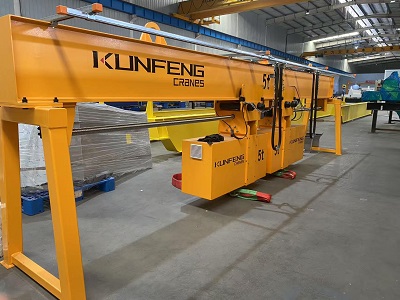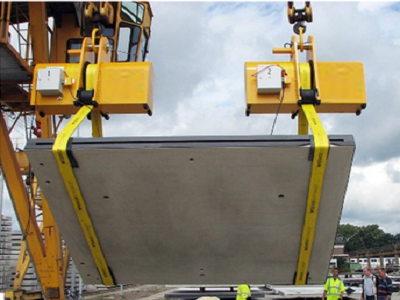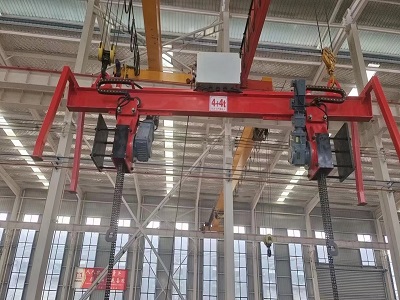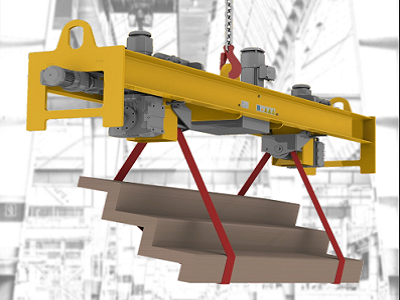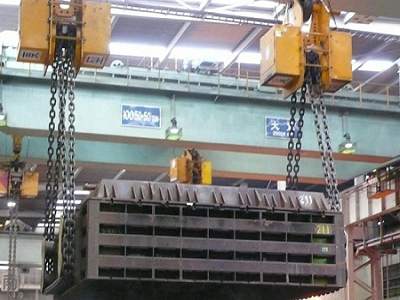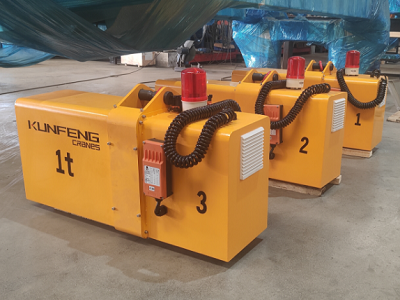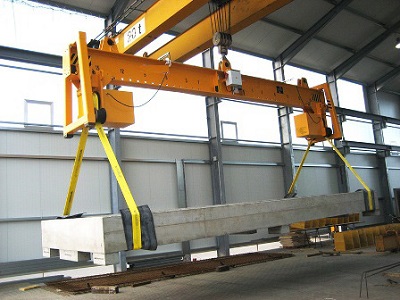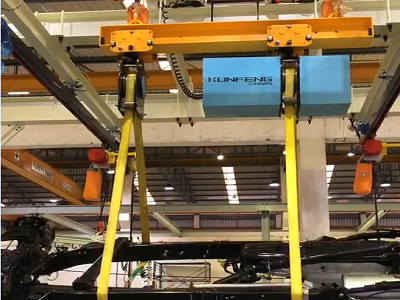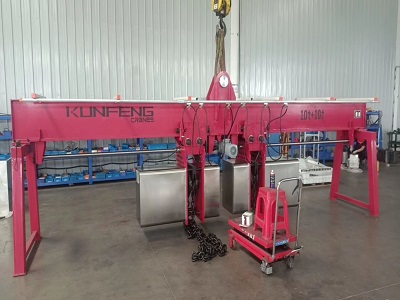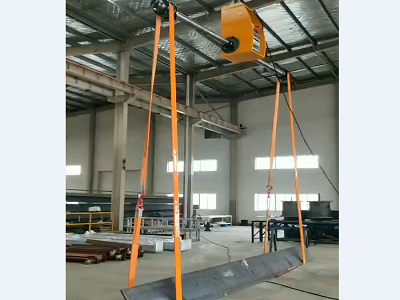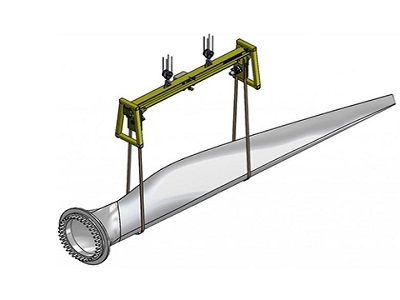In the casting production process, the chain load turning device is a key equipment for handling large castings, molds or heavy materials. It realizes the smooth turning of heavy objects through the synergy of chain transmission and mechanical structure, and is widely used in casting cleaning, inspection, spraying and other links. However, improper operation may cause safety hazards or equipment loss. This article will explain the scientific use of the chain turning device in detail from the two aspects of operating specifications and maintenance skills, helping the foundry workshop to achieve both safety and efficiency.
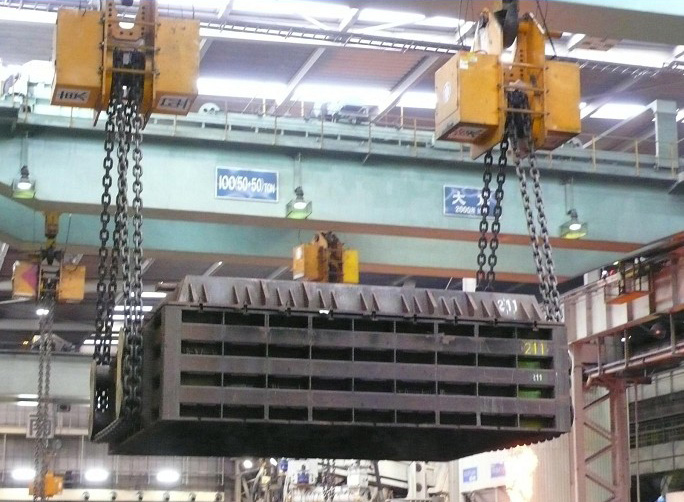
Pre-operation preparation: Ensure that the equipment and environment are ready
Equipment status inspection
● Chain and transmission system: Confirm that the chain tension is moderate, without breakage, rust or deformation; gears and bearings are fully lubricated and without abnormal noise.
● Electrical and control system: Check whether the emergency stop button, limit switch, and control panel are sensitive to avoid misoperation.
● Load matching verification: According to the weight and size of the casting, check the maximum load-bearing and clamping range of the turning device, and overloading is strictly prohibited.
Environmental safety confirmation
● Cleaning of the working area: Remove oil stains and scattered casting residues on the ground, and ensure that there are no obstacles within the turning radius.
● Activation of protective devices: Turn on safety gratings, guardrails or warning lights to prevent people from entering dangerous areas by mistake.
Personnel training and division of labor
● Operators must hold equipment operation certification and be familiar with the emergency shutdown process; when multiple people collaborate, clear command signals should be given to avoid communication errors.
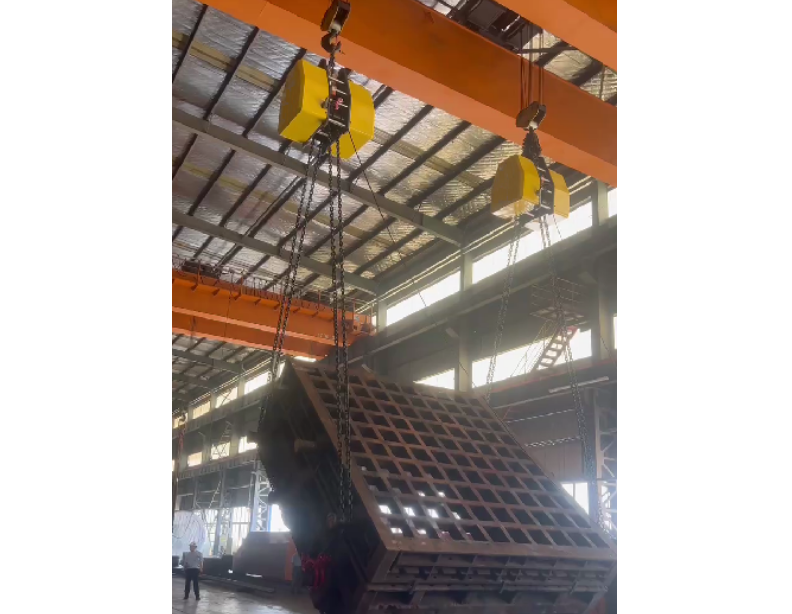
Standard operating procedures: Accurate flipping in steps
Casting fixation and clamping
● Use special clamps or electromagnetic suction cups to fix the castings to ensure that the center of gravity is aligned with the center line of the flipping device.
● Key tips: For irregular castings, anti-slip pads or auxiliary support frames need to be installed to prevent slipping during flipping.
Startup and trial operation
● Start the equipment without load, observe whether the chain runs smoothly and whether the limit device is triggered normally.
● Test flip at low speed (5°~10°), confirm that the casting is fixed and not loose, and then gradually increase the speed to the working speed.
Full-process monitoring and adjustment
● The operator needs to observe the flip angle throughout the process (usually 0°~180° adjustable), and adjust the speed and direction in real time through the control panel or remote control.
● Abnormal handling: If abnormal noise, vibration or casting offset occurs, stop the machine immediately and recalibrate.
Reset and unloading
● After the flip is completed, reset the device to the initial position, release the clamp and remove the casting to avoid inertial impact damage to the equipment.
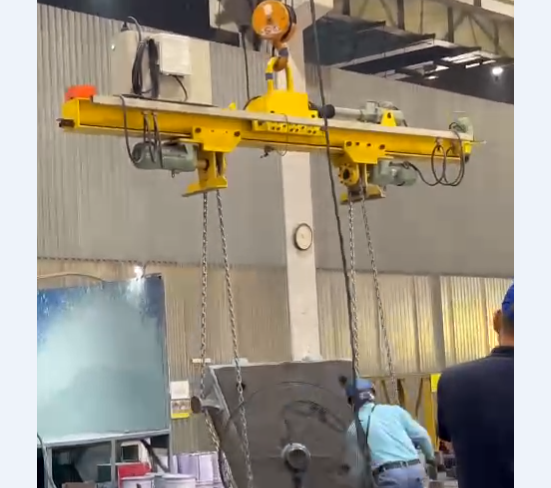
Maintenance guide: the core strategy to extend the life of the equipment
Daily maintenance
● Clean the chain oil and check the bolt tightening status after each shift.
● Replenish grease every week (high temperature resistant lithium grease is recommended), and focus on lubricating gears and bearings.
Monthly deep maintenance
● Disassemble and inspect the chain wear, replace the chain links with elongation exceeding 3%; calibrate the limit sensor accuracy.
● Test the insulation resistance of the motor and check the hidden dangers of line aging.
Annual overhaul recommendations
● Replace the severely worn transmission wheel and guide wheel, and replace the hydraulic system seals as a whole.
● Upgrade the control system software to optimize the equipment response speed and energy consumption performance.
Through scientific operation guidelines and preventive maintenance, the chain load turning device will become a trustworthy "flipping expert" in your casting production line!

